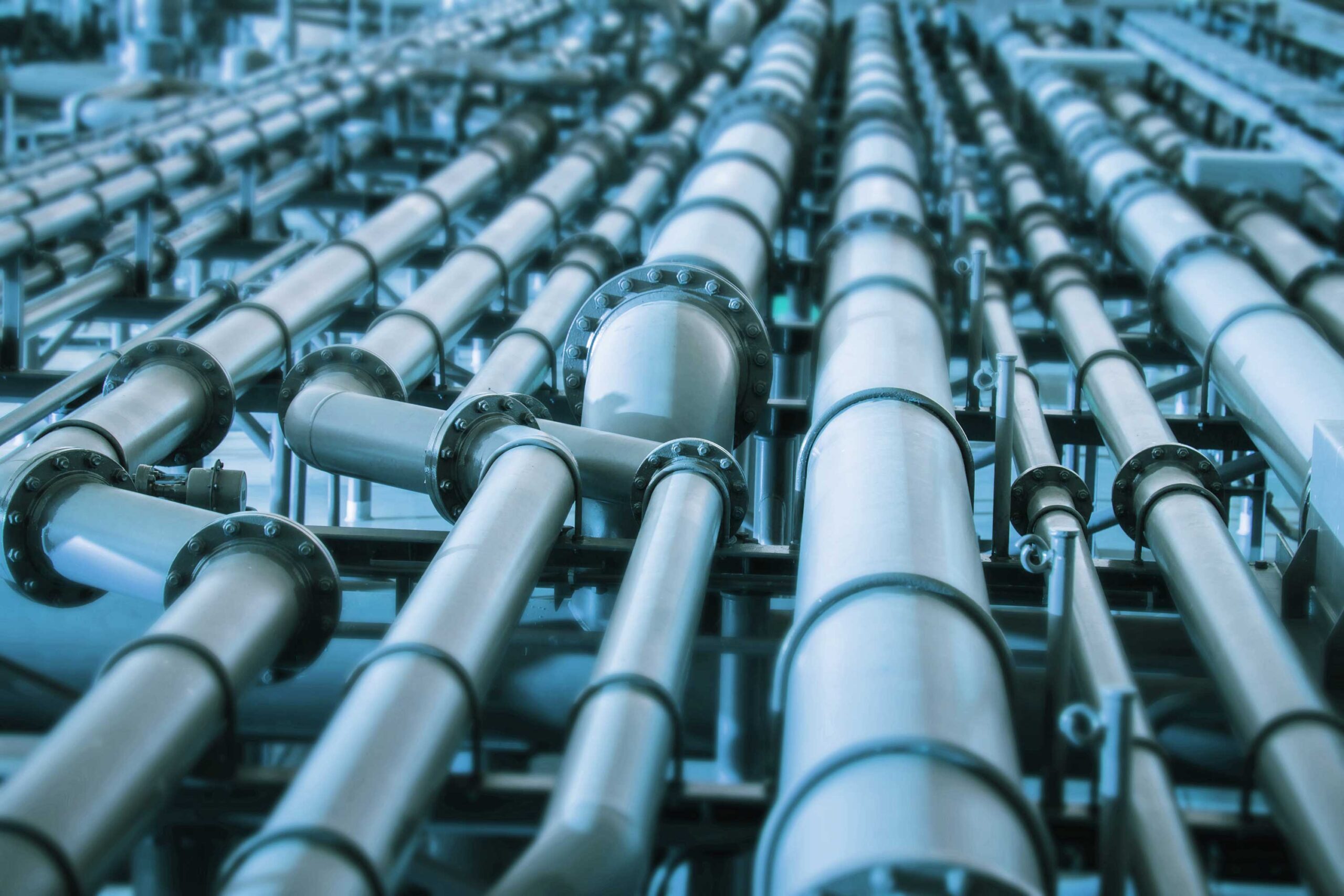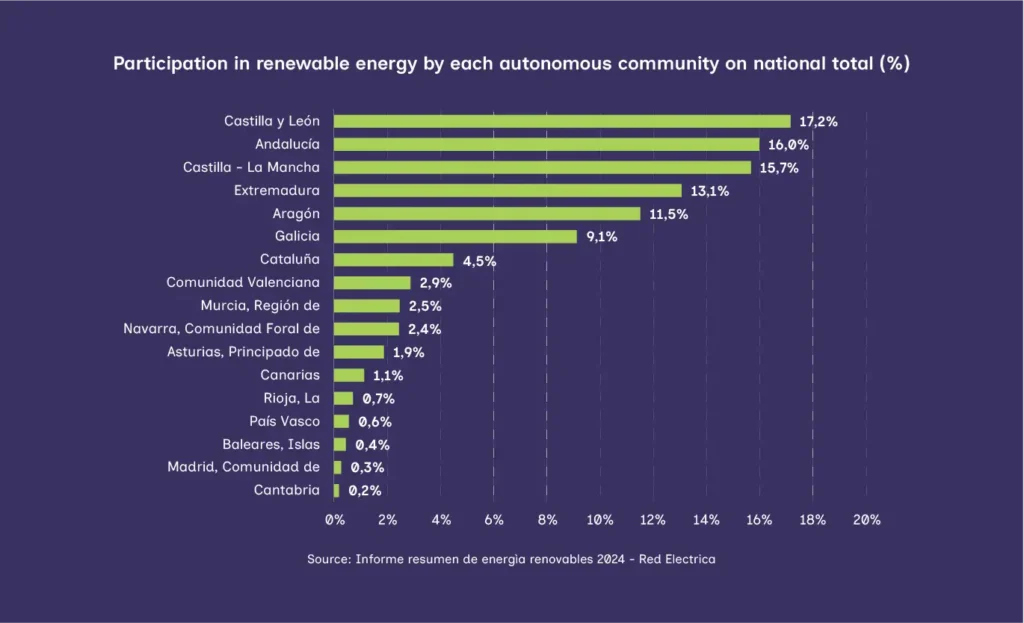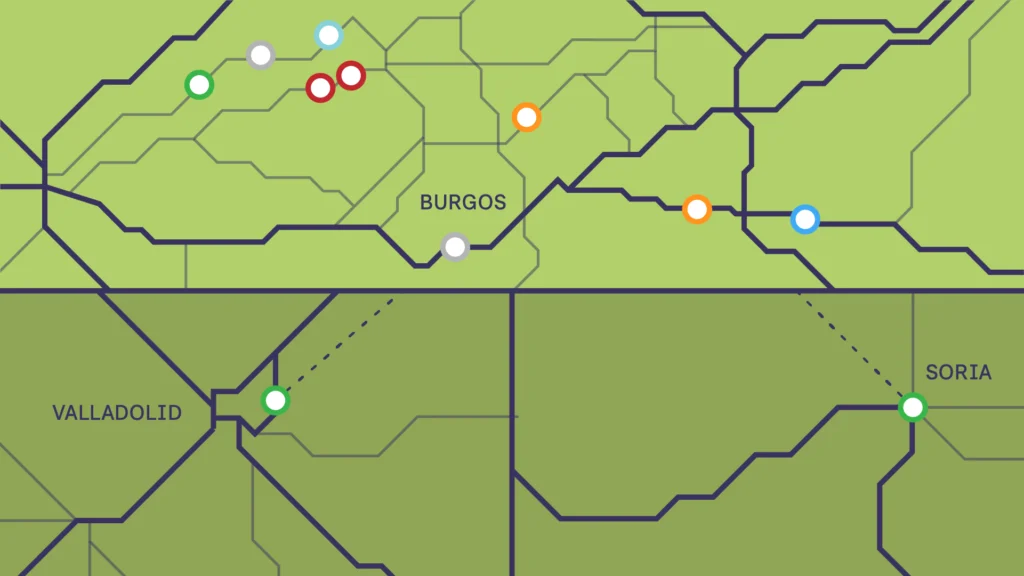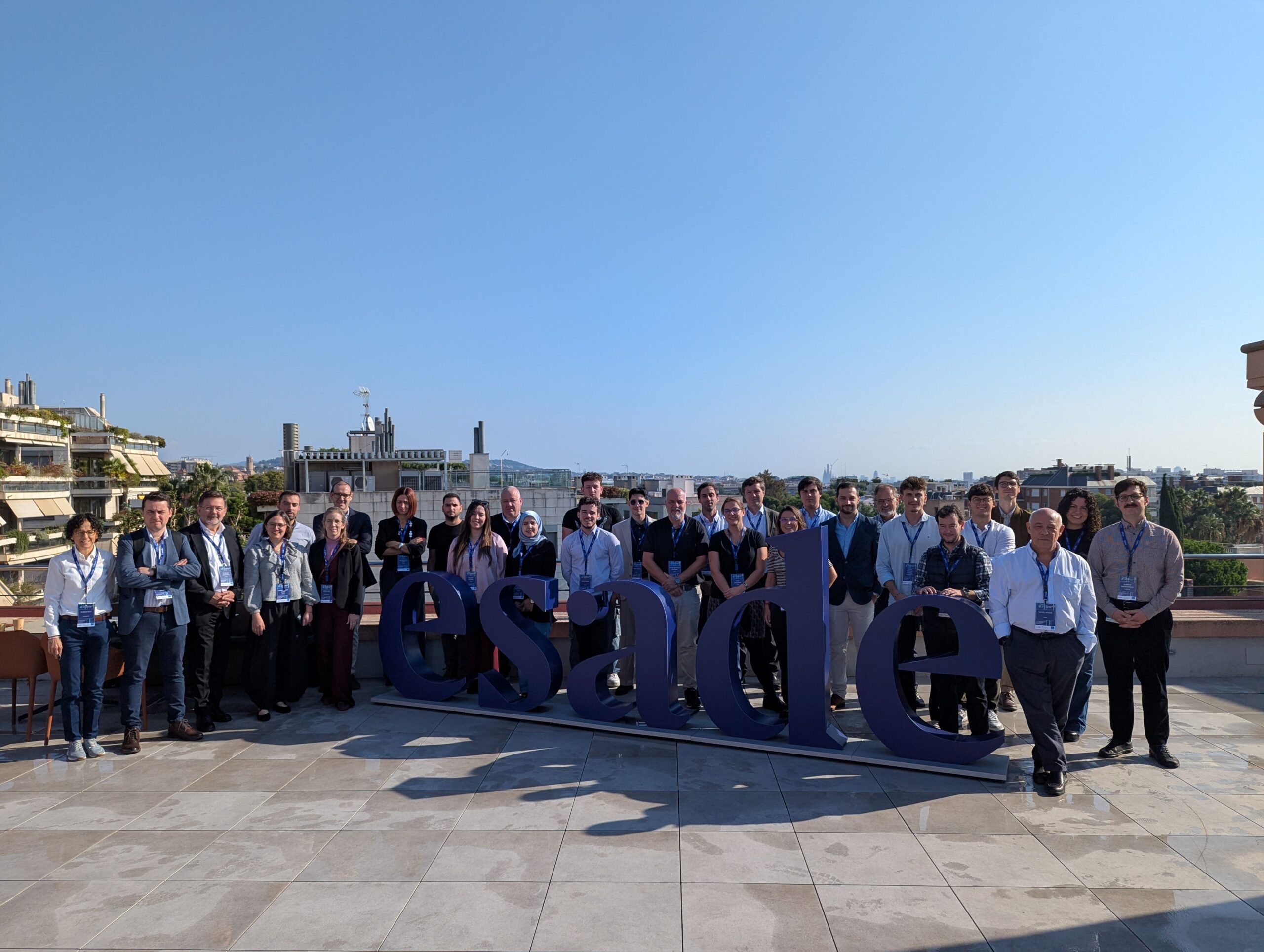Hydrogen Research and Innovation Days 2025
The EU Hydrogen Research and Innovation Days 2025 will take place on 24–25 November 2025 at the Sofitel Europe Hotel in Brussels.
A Hydrogen Valley is a regional ecosystem where green hydrogen is produced, stored, distributed, and used across sectors like industry, transport, and heating. By integrating the full hydrogen value chain in one area, it cuts CO2 emissions, boosts energy independence, and drives a circular renewable energy economy.

Castilla y León Hydrogen Valley is a flagship European initiative co-funded by the Clean Hydrogen Partnership. It is developing one of the largest Hydrogen Valleys in Europe, connecting clean hydrogen production and infrastructure to real-world applications in mobility, industry, and the energy sector.
By 2028–2029, the valley will be fully operational, producing over 16,000 tonnes of renewable hydrogen annually. It will serve as a large-scale demonstration of hydrogen’s technical and financial viability — proving its role as a key enabler of the energy transition and sector-wide decarbonisation.
With ten pilot projects and a smart digital platform to monitor and optimise performance, Castilla y León Hydrogen Valley showcases how hydrogen can reduce emissions, strengthen energy systems, and drive sustainable industrial growth. An eleventh pilot will support future expansion and replication.

As one of Spain’s leading regions in renewable energy production, Castilla y León is ideally positioned to host a Hydrogen Valley. At the same time, it faces challenges such as depopulation and economic decline. Castilla y León Hydrogen Valley addresses both by creating green jobs, attracting skilled professionals, and helping build a more resilient regional economy.
The project contributes directly to the goals of the EU Hydrogen Strategy, the REPowerEU plan, and the United Nations 2030 Agenda for Sustainable Development.

The Castilla y León Hydrogen Valley project involves three phases:
a three-year preparation period (2025–2027), followed by full operation (2028–2029), and then a long-term upscaling strategy that paves the way for a regional clean hydrogen economy by 2035.
Green hydrogen is unlocking new opportunities for Castilla y León — cutting emissions, powering industries, and creating future-ready jobs. This transition is more than an energy shift: it’s an environmental, economic, and social transformation. By scaling clean hydrogen across sectors, boosting regional competitiveness, and engaging local communities, the region is positioning itself as a leader in Europe’s clean energy future.
Annual production, distribution, and use of 16,889 tonnes of green hydrogen across industry, mobility, and energy sectors
Avoidance of over 152,000 tonnes of CO₂ emissions each year
Acceleration of clean hydrogen integration into the regional energy system
A scaleable, replicable model for other European regions, enabling knowledge sharing and technology transfer
Creation of 1,925 high-skilled jobs and 2,000 reskilling opportunities for workers in the hydrogen sector
Boost to regional economic growth and industrial competitiveness.
Reduced operational costs for industries through less reliance on fossil fuels
Stronger investment momentum and access to incentives for clean energy projects
Attraction and retention of talent in the hydrogen sector, helping counteract regional depopulation
Promotion of Castilla y León as a clean, innovative, and future-ready region
Increased energy autonomy and resilience for local communities
Public engagement and awareness raising on the benefits of hydrogen as a clean energy carrier
Castilla y Leon Hydrogen Valley includes 11 pilot sites across Castilla y León, each demonstrating a key element of the hydrogen value chain — from production and distribution to end use in transport, industry, and energy. Together, they form an integrated ecosystem proving the versatility and scalability of green hydrogen.


The EU Hydrogen Research and Innovation Days 2025 will take place on 24–25 November 2025 at the Sofitel Europe Hotel in Brussels.

Barcelona, 15–16 October 2025 – The Castilla y León Hydrogen Valley consortium gathered in Barcelona for its second General Assembly to review progress and plan the next steps in building a clean hydrogen economy in the region.

The Regional Government of Castilla y León has begun developing the Hydrogen Strategy in Castilla y León 2030, a roadmap to position the region as a European leader in green hydrogen.